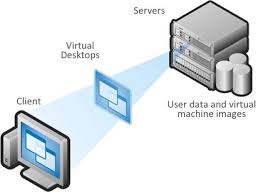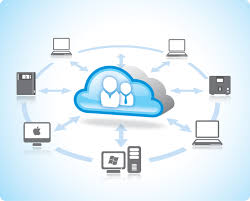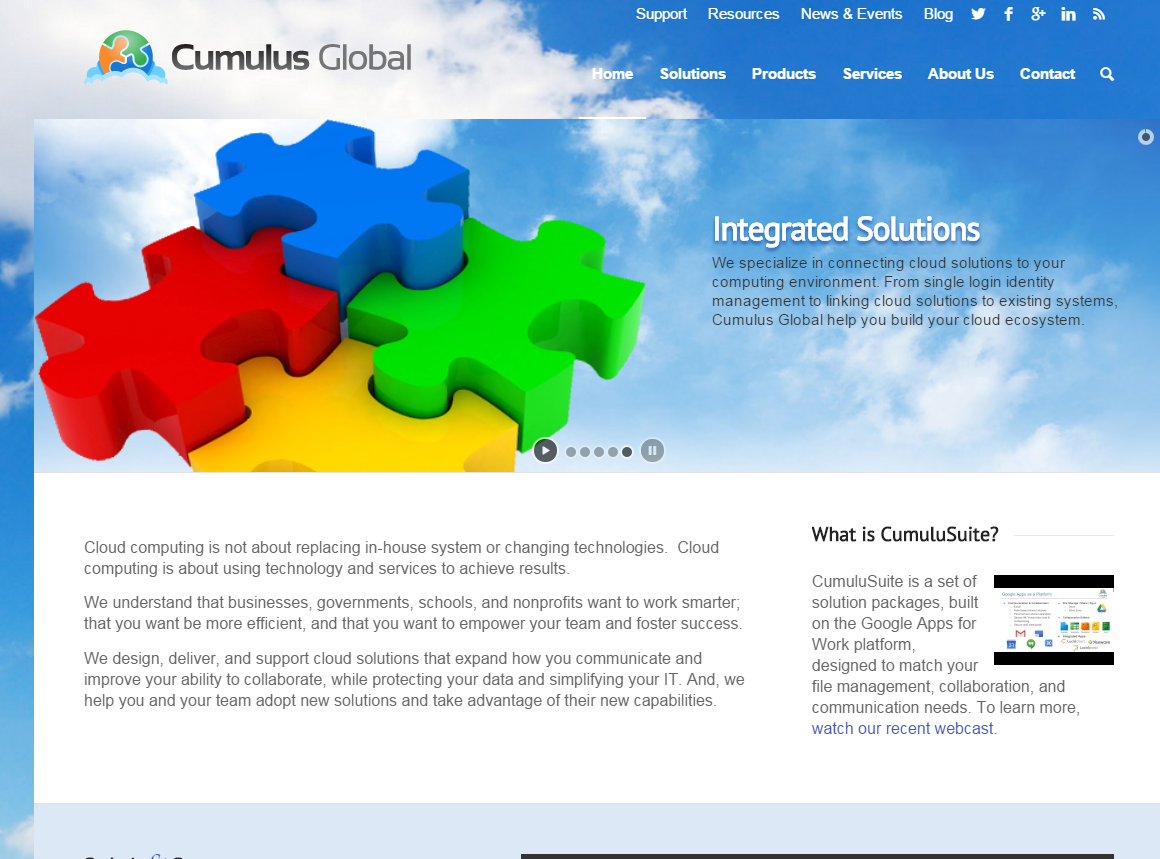 A Case Study in Network Efficiency
A Case Study in Network Efficiency
Changing the names to protect identities, let’s take a look at NE Company’s network history and design. NE Company currently has 4 locations. The company’s headquarters are located in a suburban business park along with a second facility hosting R&D and some engineering functions. The third location for software development is a few miles down the road; the fourth location is a distribution center that is an eight hour drive away, across two state lines.
Generation One:
When NE Company only had the HQ and out of state locations, they connected the offices using point to point leased lines. Internet access was available from both locations. Because of slow performance accessing files, NE Company installed a local file server in the distribution center. While having two file servers fixed the file performance issue, email still suffered from the central location, they occasionally experienced file duplication issues, and the solution was costly.
Generation Two:
As NE Company added locations, they initially stuck to the point-to-point model, creating a hub-and-spoke network. Performance was an issue, as was managing router configurations such that Internet traffic moved to the Internet locally while application, email, and file traffic stayed within the corporate network.
To improve performance and to reduce redundancy and costs, NE Company transitioned to a MPLS, or Multi-Protocol Labeled Switching network. A single connection to each office could no route inter-office traffic and Internet traffic through a single pipe.
Granted, NE Company increased it’s wide area network capacity by more than 80% while cutting costs in half, but the operational limitations linger. The company’s email server is still centralized at HQ, as are most of the files, and hosting for the company’s web-based management system. Users face performance delays often. The company has added local file services at all locations, increasing user confusion as to file locations and how to access information. The additional file servers have also complicated data backup/recovery services, which now require more administrative time and attention.
As the workforce has become more mobile, access to data and applications has driven an expensive investment in VPN services. VPN concentrators, client software, and management have been an expensive addition to the environment. While providing access, performance fails to meet reasonable user expectations and the support cost is high.
Generation Cloud:
If NE Company took a cloud-centric view of computing, email and file services would move to the cloud. The company could move its on-premise CRM system to the vendor’s SaaS service, and could host its custom web-based management system in a cloud-based server environment.
In doing so, NE Company would
- Provide all of its employees with equal access to resources and better performance
- Replace the complex, managed MPLS network with direct Internet access connections at each office
- Reduce wide area networking costs by nearly 80%
- Provide direct access to files and applications from on-premise and mobile employees
- Eliminate the need for most VPN services
- Reduce its server footprint
- Simplify the backup/recovery services
- Reduce IT Admin time on basic infrastructure operations and maintenance
Conclusion
The impact of moving from on-premise systems to the cloud-based solutions is never as simple as the specific application or service. By looking at the integration points and indirect or secondary impacts, you can better understand the nature of the migration. As important, you can identify potential savings and other benefits as a result of the move.
![]()

 Like many organizations, your foray into
Like many organizations, your foray into  Moving from on-premise to the cloud can offer numerous benefits for businesses and organizations.
Moving from on-premise to the cloud can offer numerous benefits for businesses and organizations.
 The cloud is a great way to securely share information with customers, vendors, and business partners. Most
The cloud is a great way to securely share information with customers, vendors, and business partners. Most 

 A Case Study in Network Efficiency
A Case Study in Network Efficiency
